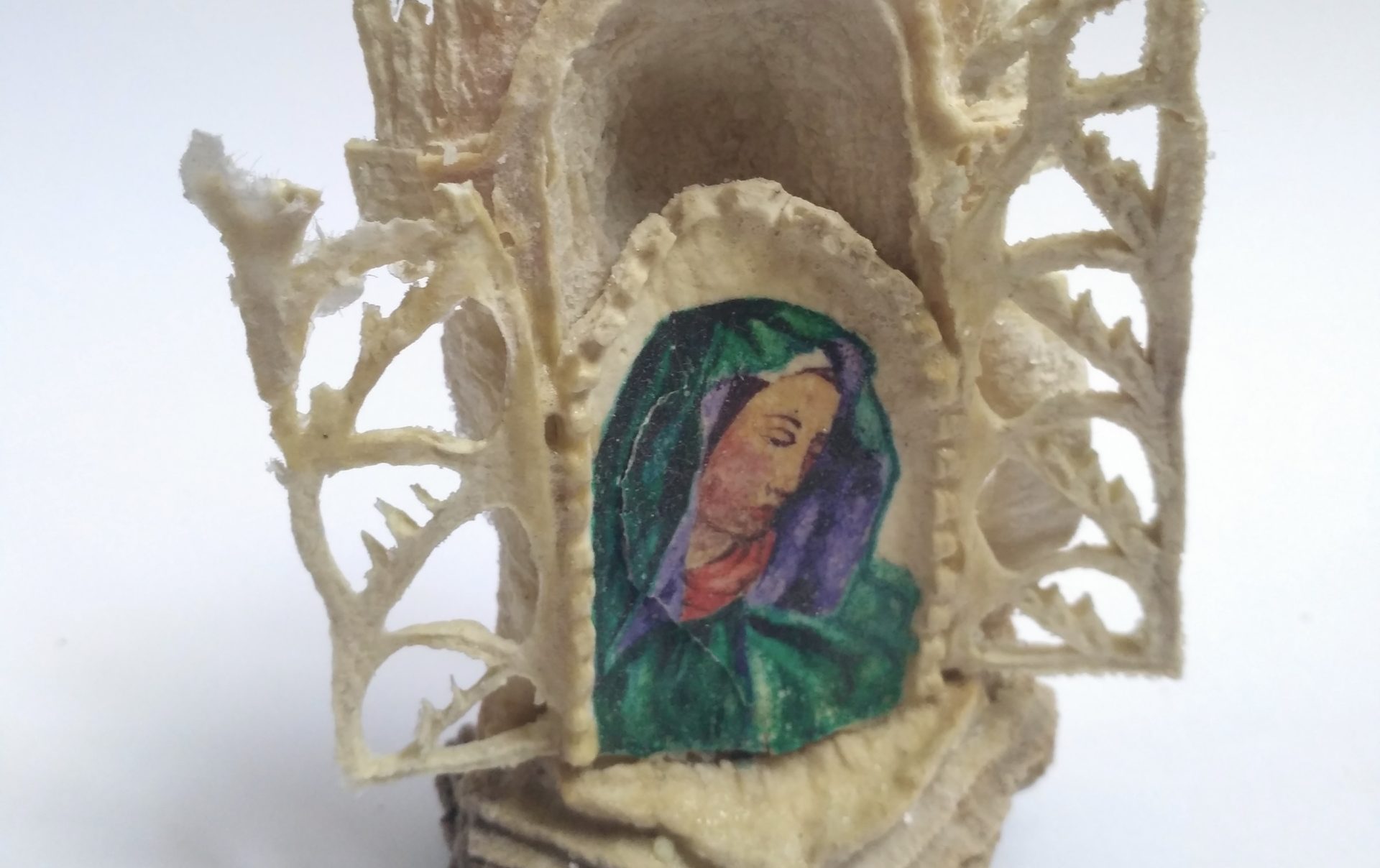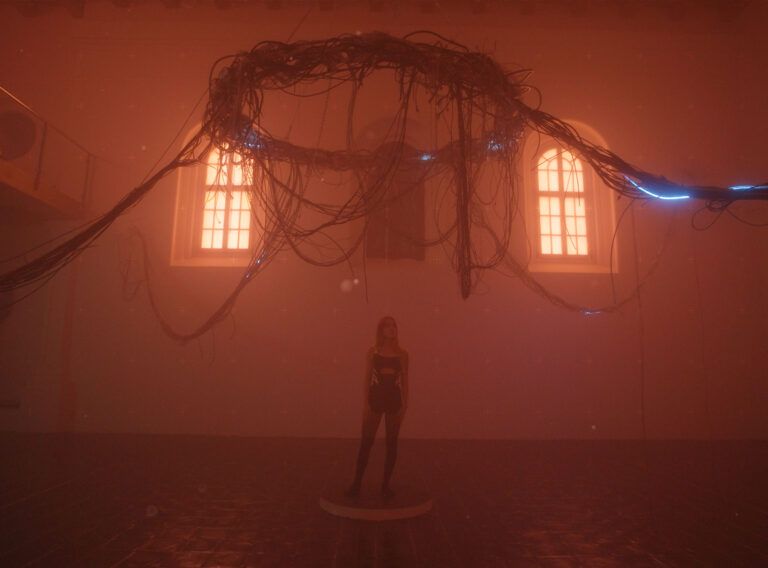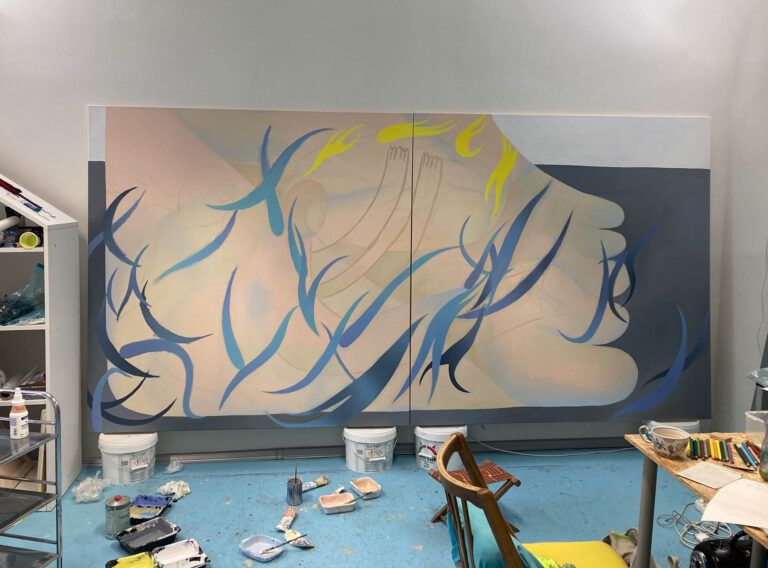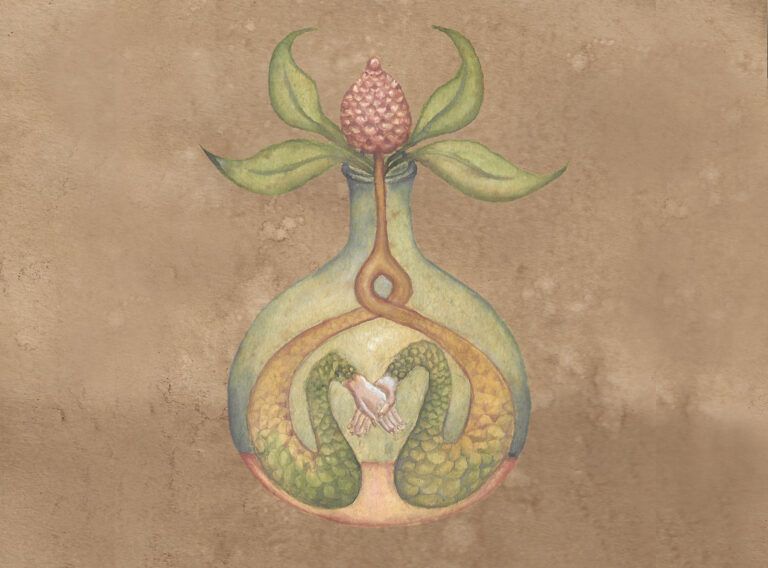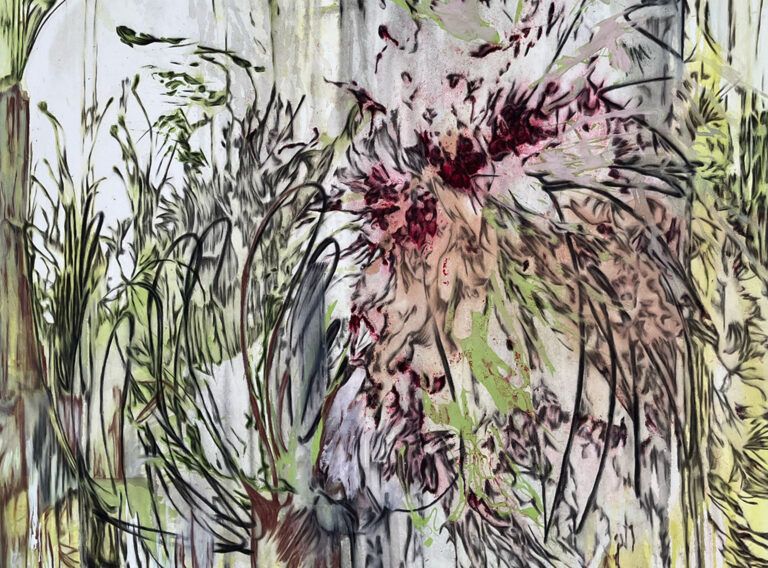Gergö’s works are influenced by a kind of nostalgia connected to his childhood memories, reminiscing Hungarian rural and community life. Below he explains the thought process behind painting the holy imagery onto the tiny shrines that emerge from the potatoes.
“Potatoes are tightly connected to agricultural work. In our home, the whole family took part in the process of growing them. These actions, like all sort of housework, are eminently monotonous. However, a repetitive working procedure can also be seen as a sort of meditation or prayer. In the life of the Hungarian peasants, work and religion have always composed an inseparable and organic unity. I remember my grandmother’s shelves full of religious calendars, pictures of saints, crucifixes, figures of Virgin Mary and rosaries. In order to preserve the memory of this life, I started carving these images into potatoes. The conservation of the potato-sculptures is implemented with salt. With this phenomenon, the moisture – the ’water of life’ – seeps away while the potato itself shrinks. This process is connected to the distortion of our memories. The water’s disappearance from the plant is in parallel with the fading of our emotions when we look at one relic left behind by our ancestors.”

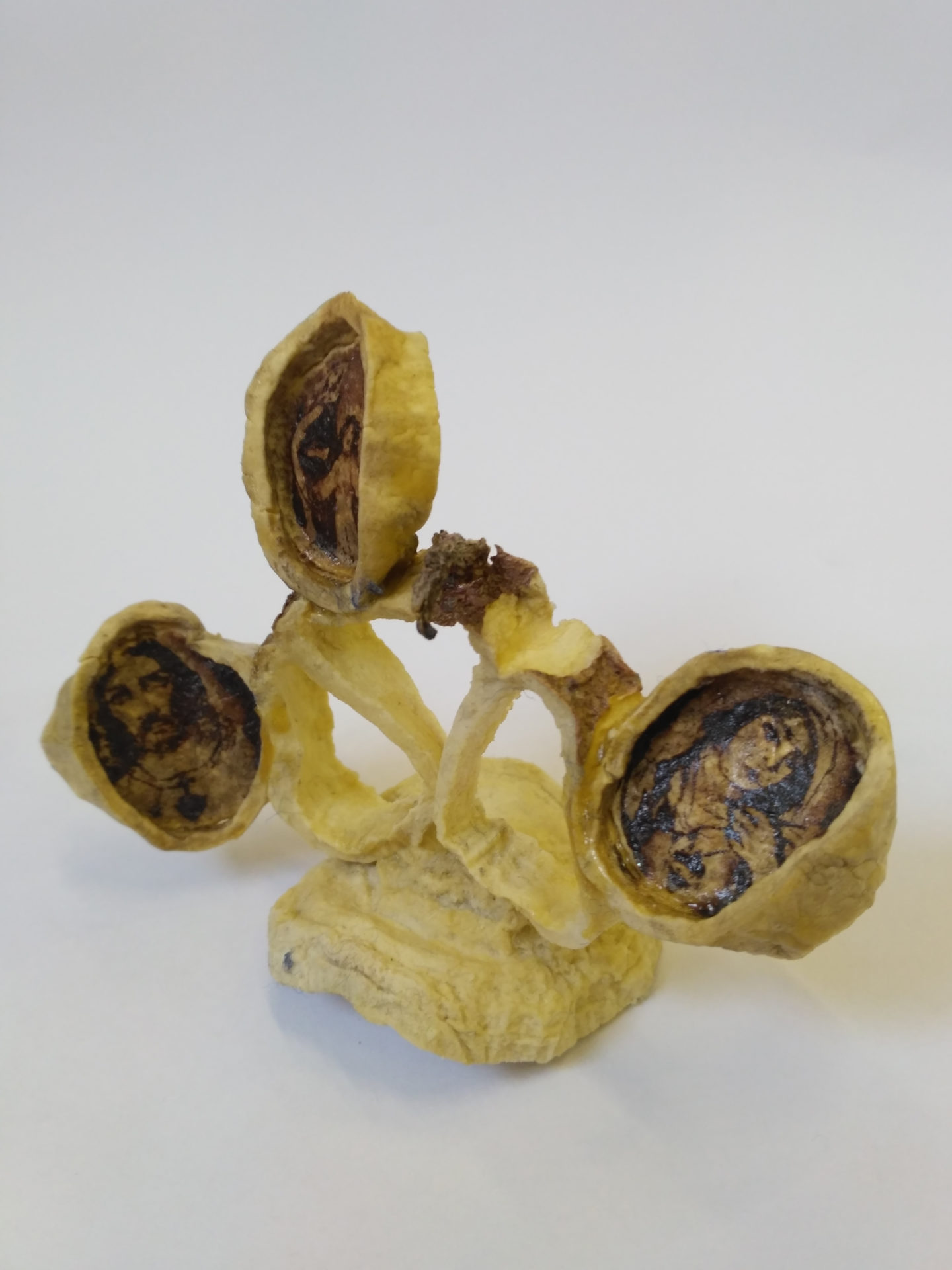

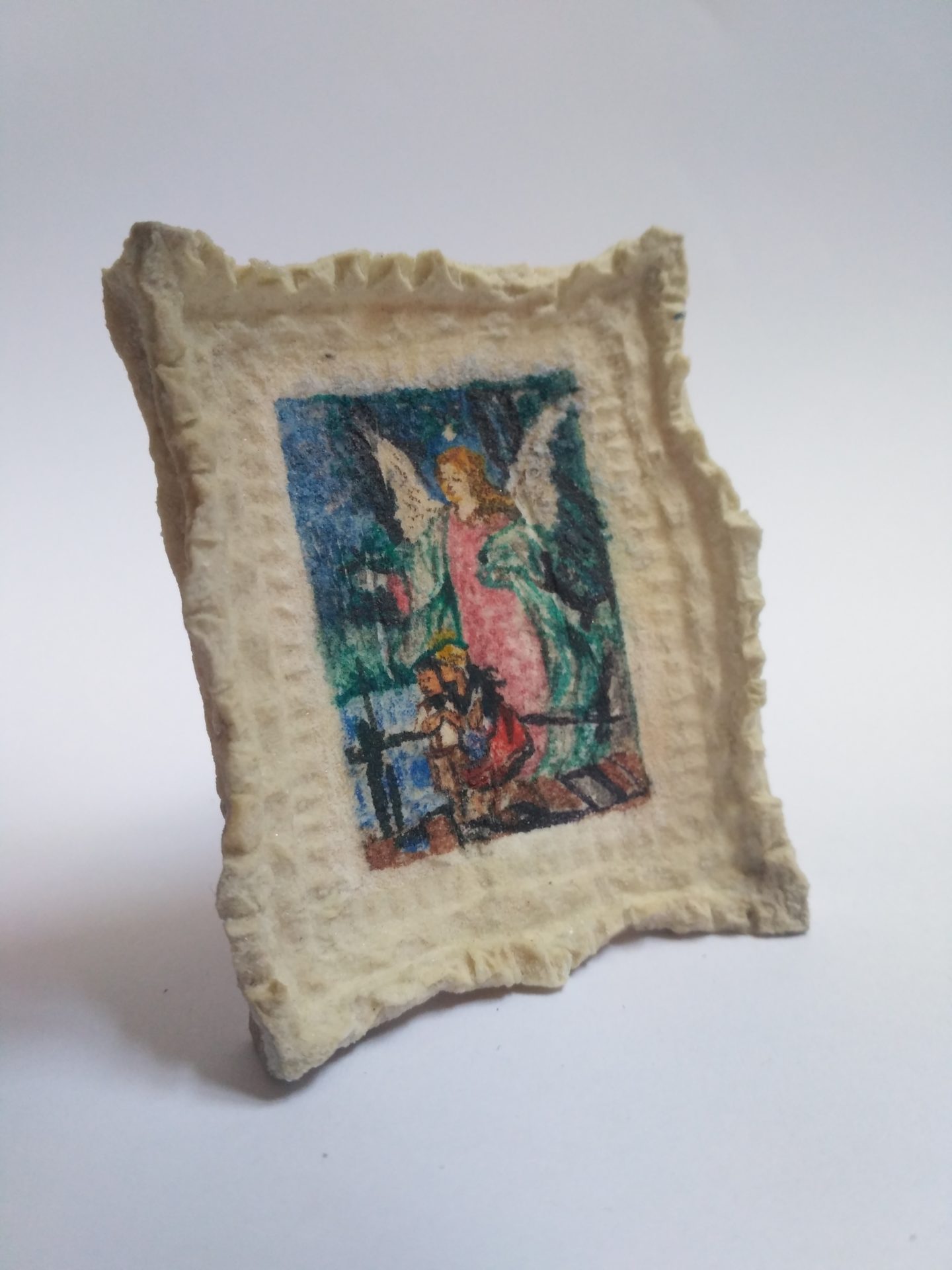
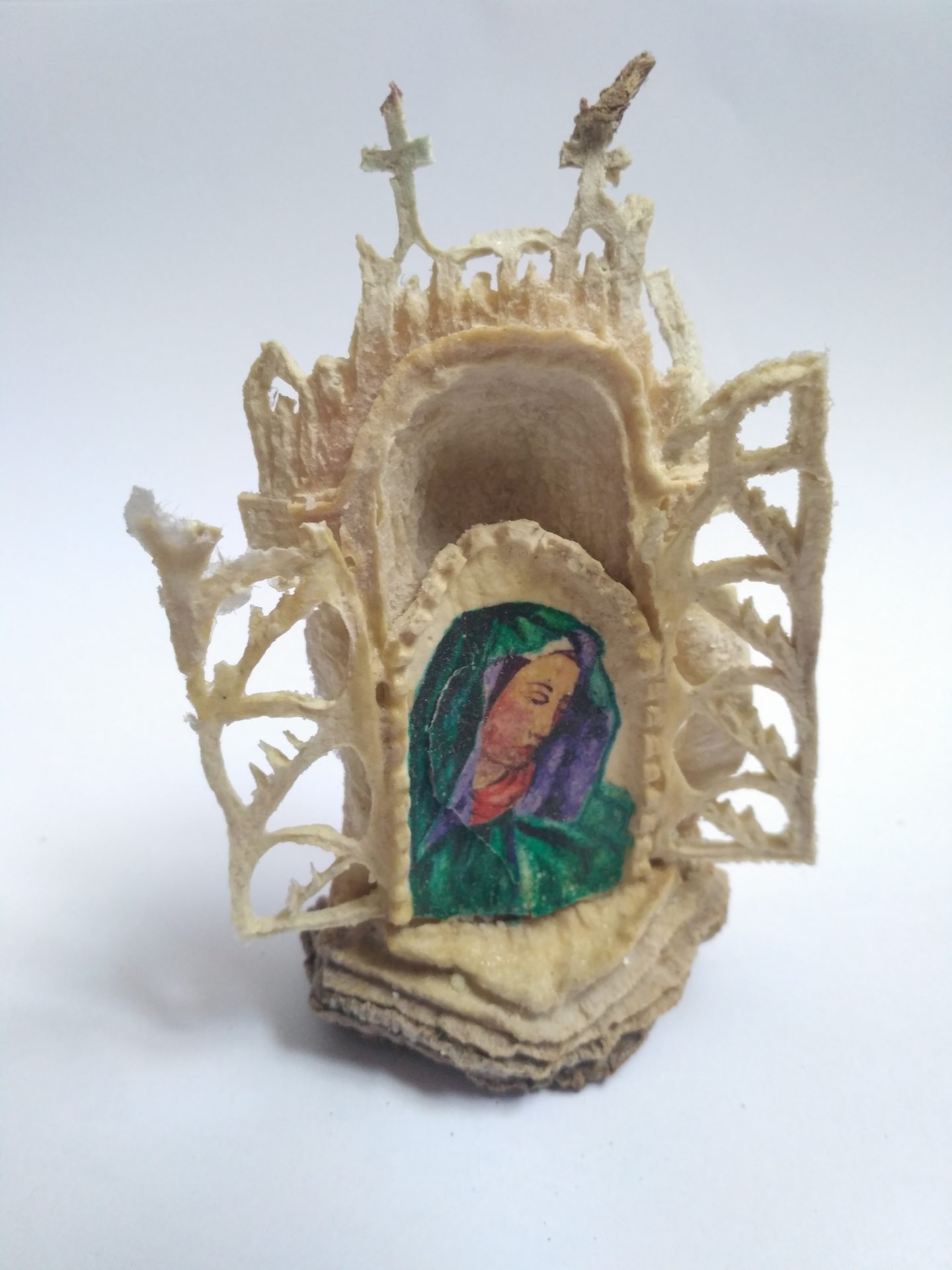
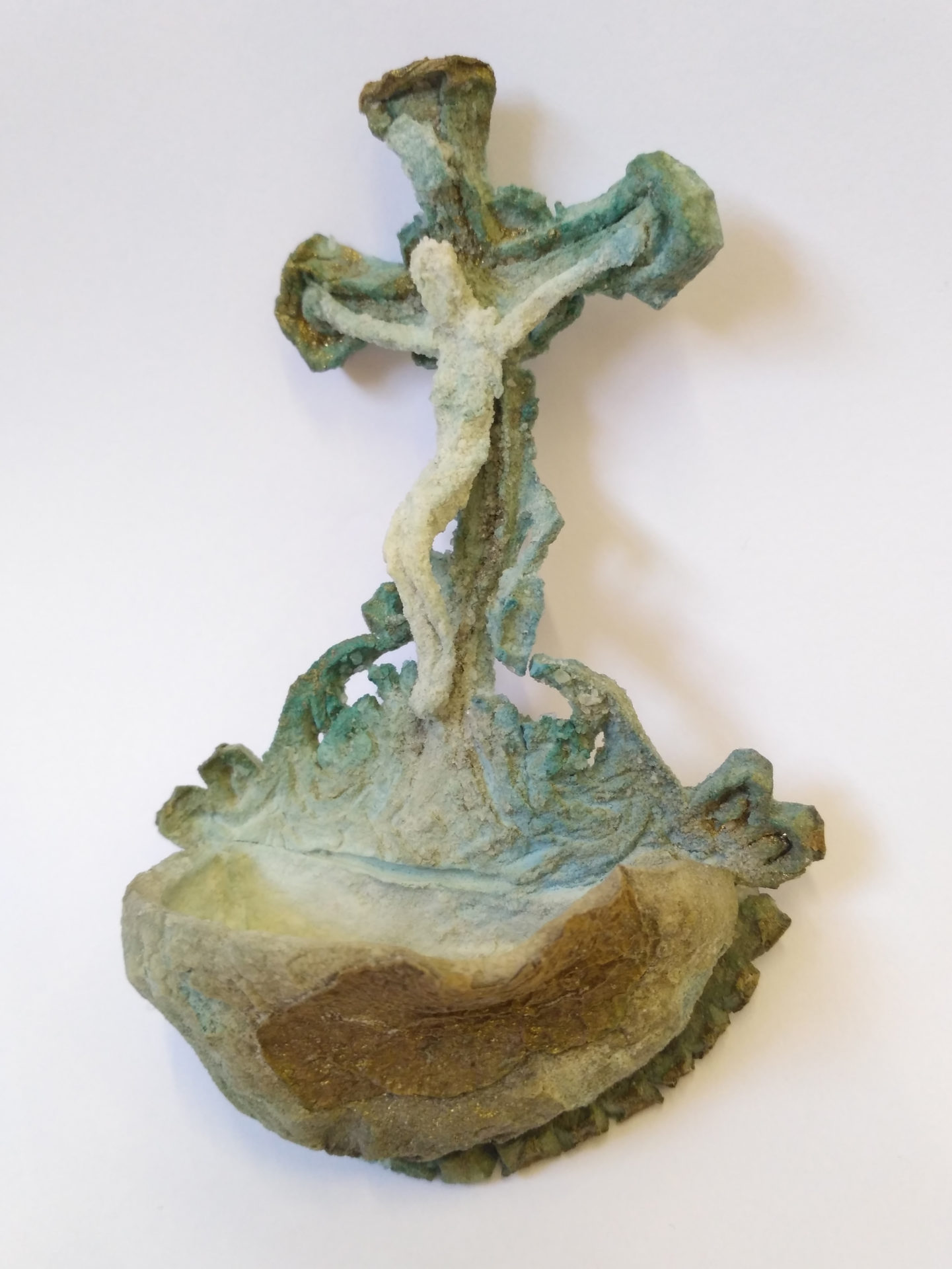
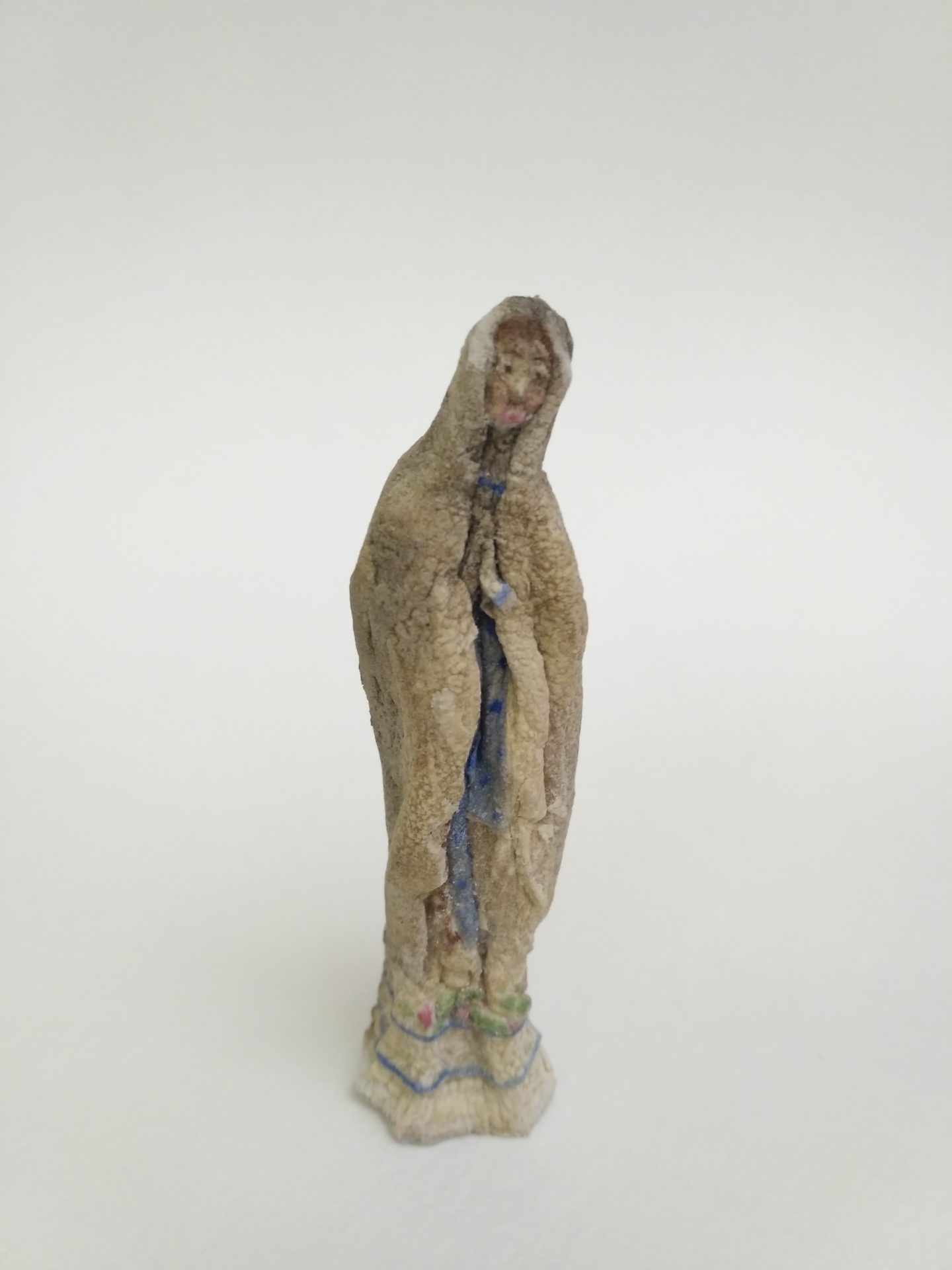
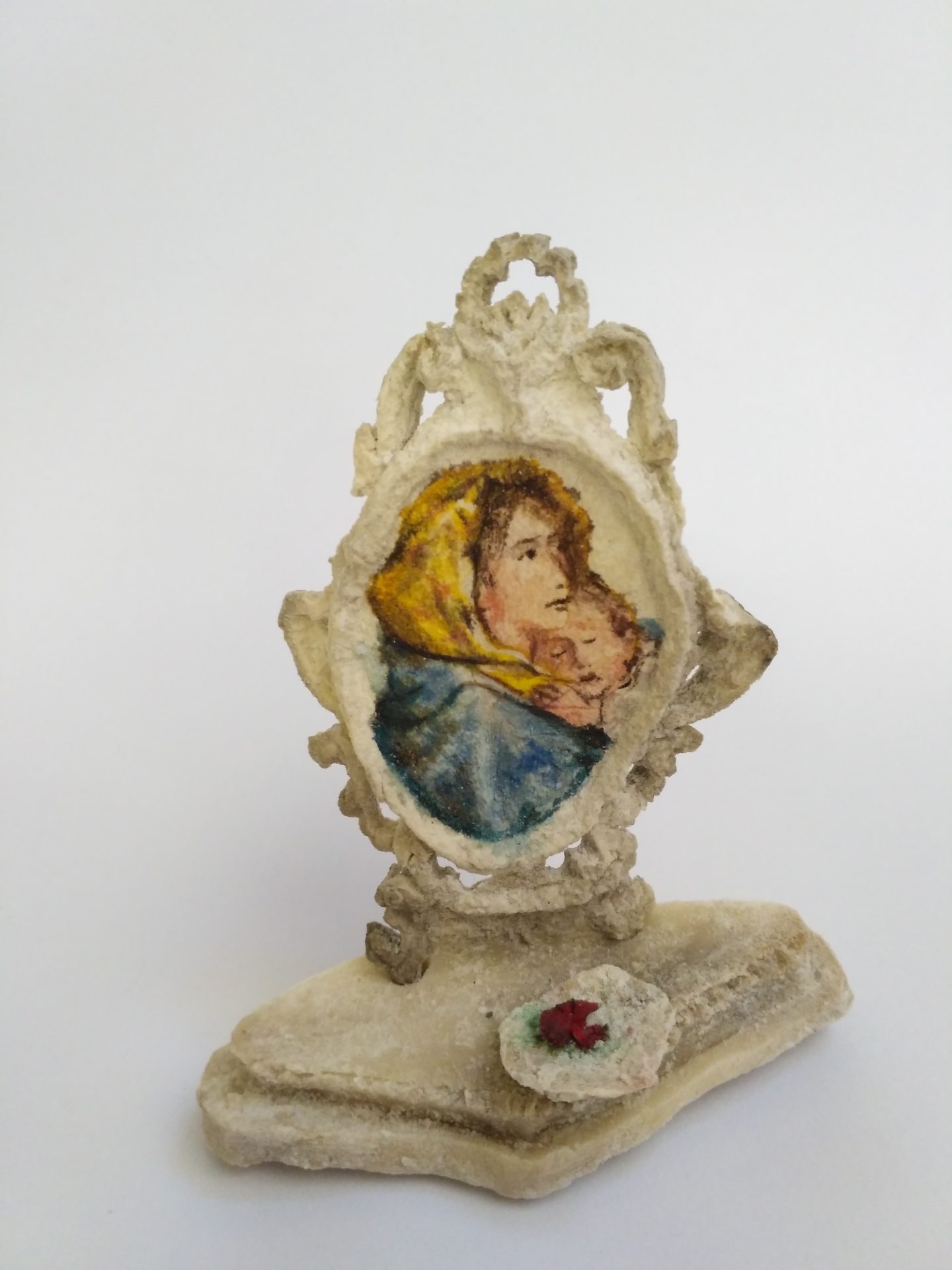
WORK PROCESS
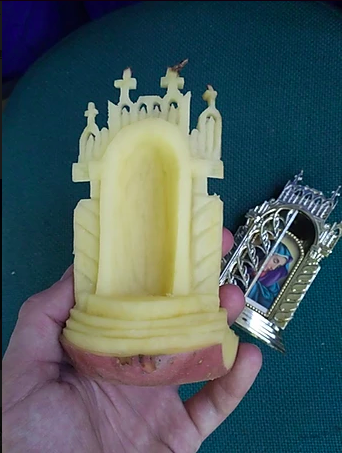
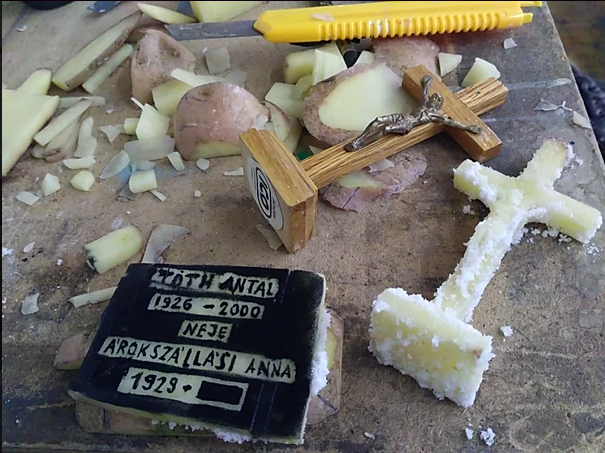
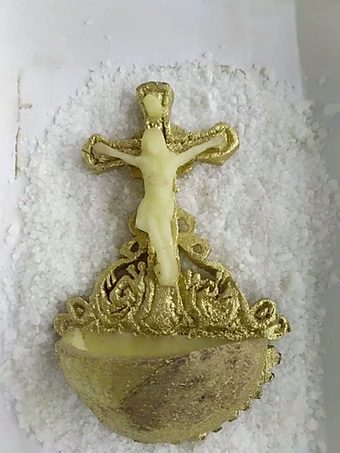
ARTWORK DISPLAYED AT EXHIBITION
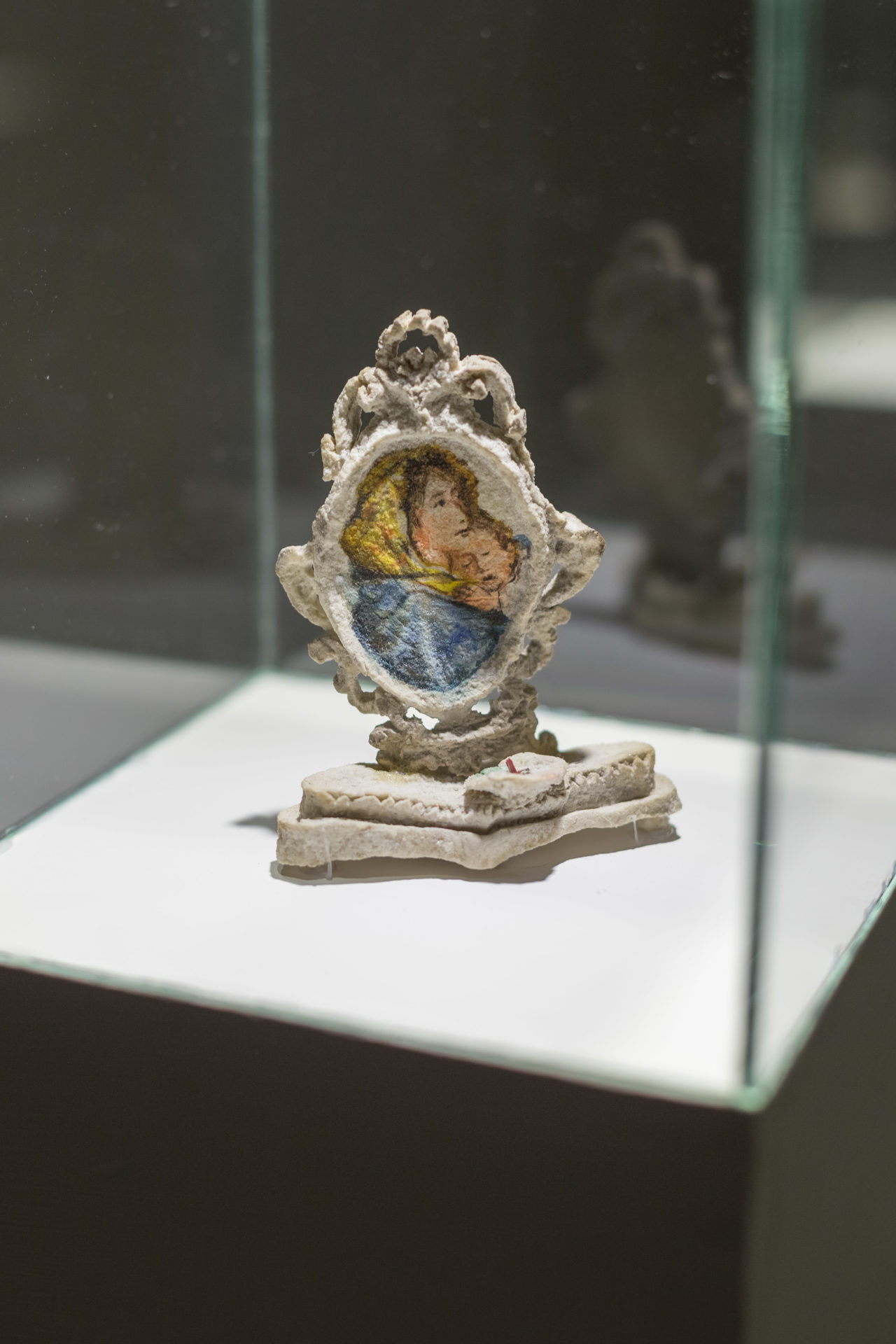
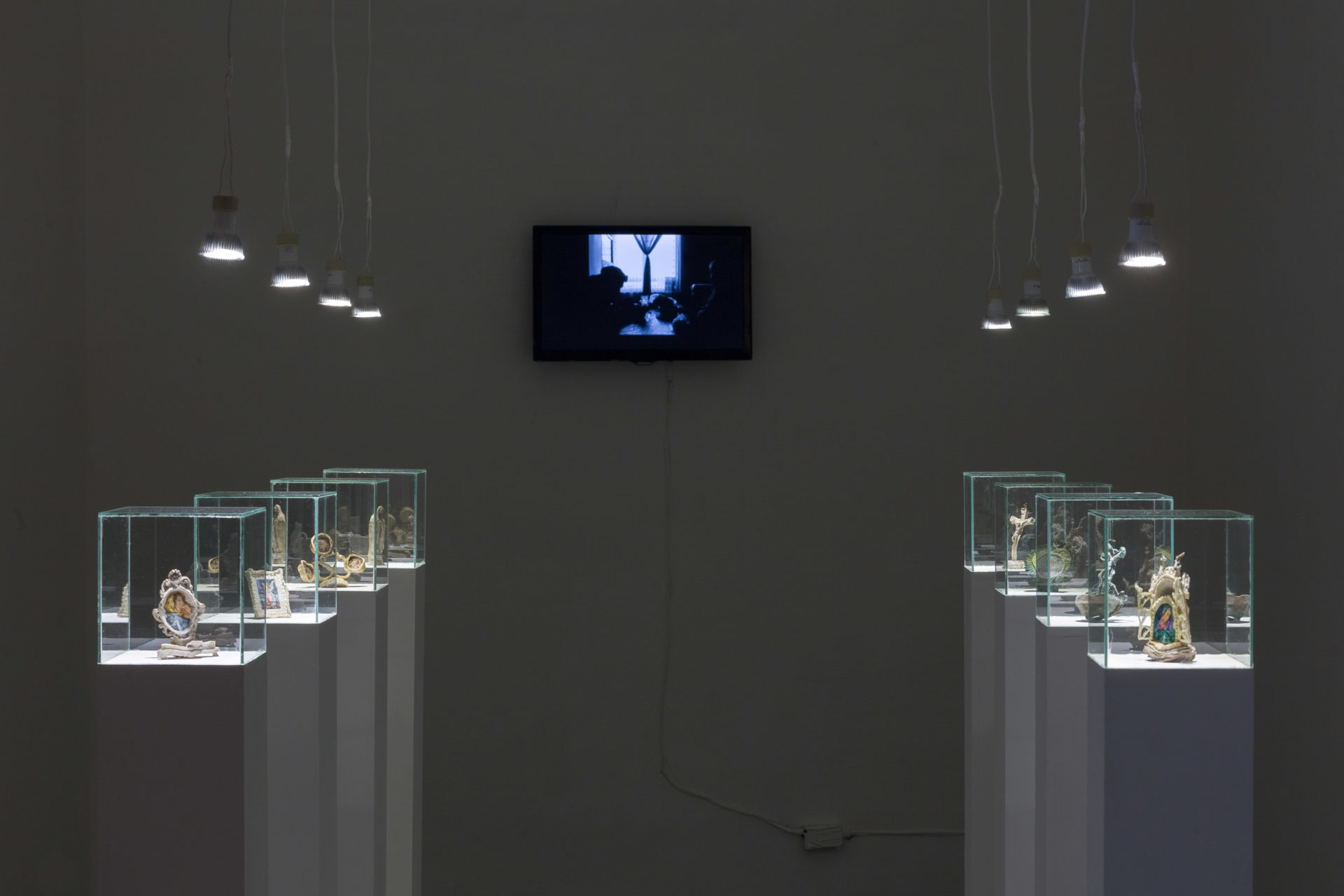

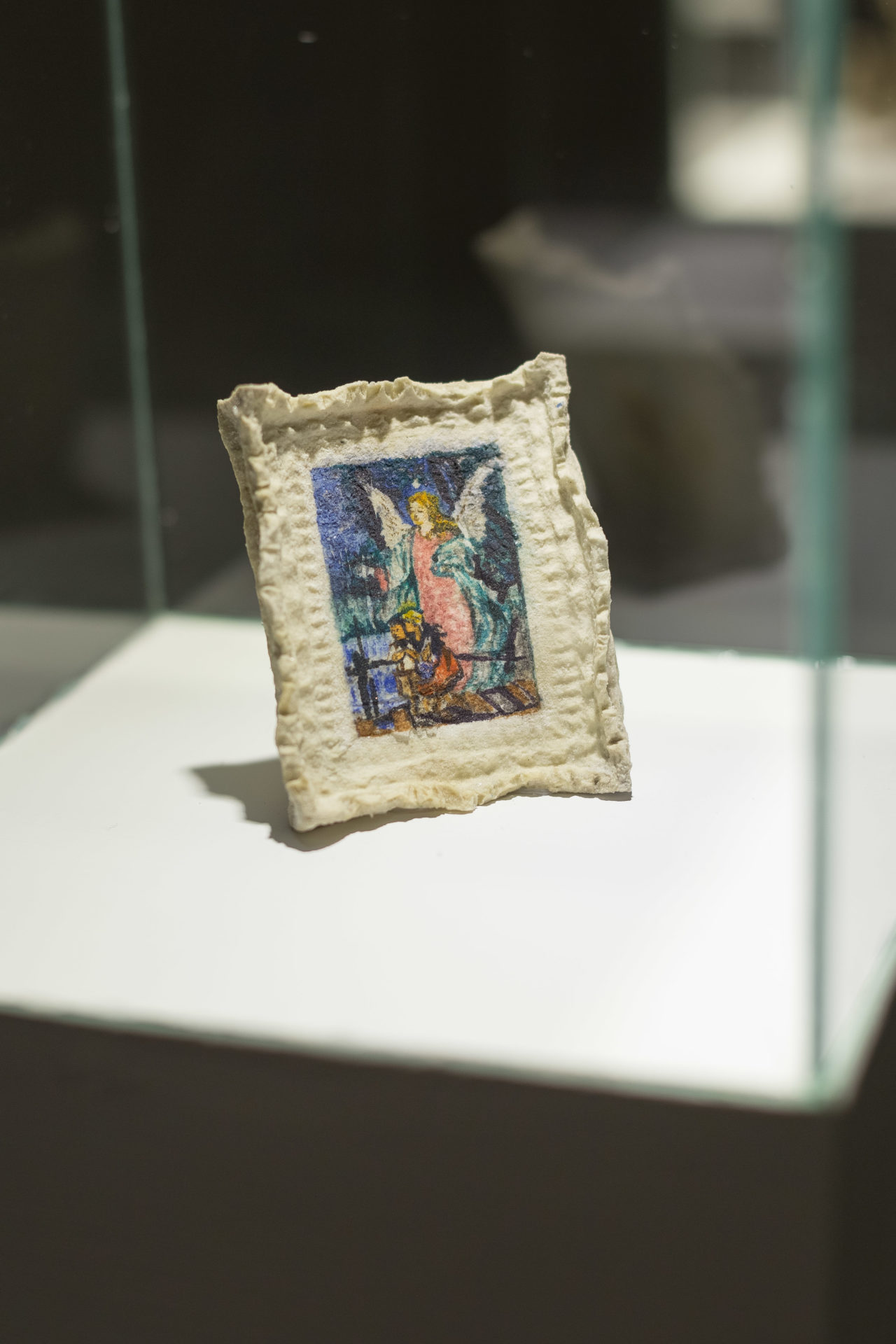
ABOUT / Gergő Bánkúti, was born in 1991 in Hungary and is a visual artist based in Budapest. He got his BA in visual arts from the Eszterházy Károly University and an MFA painter degree from the Hungarian University of Fine Arts in Budapest. He’s been working with painting, drawing, installations, sculpting and video art.
Initially starting as a painter, Gergö has created many genre-pictures based on family photographs with the main interest being the exploration of remembrance. A number of his works concern the issue of memory, passing away, absence and our relation to our ancestors’ inheritance through a symbolic way.
As he further describes: “Most of my works can be seen as imprints of weakened social structures caused by globalization and urbanization. I make memorials of the past life – both as a personal narrative and as a larger social history about disappearing village life and weakened social structures.”
Artwork / Gergő Bánkúti
